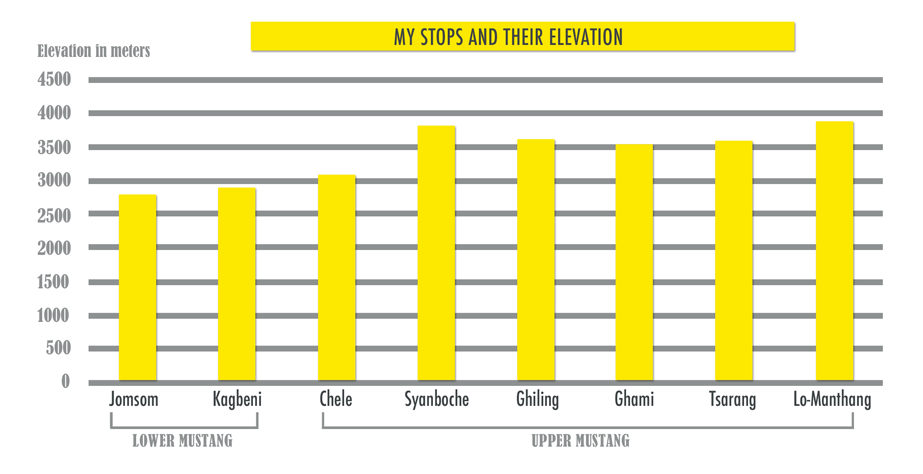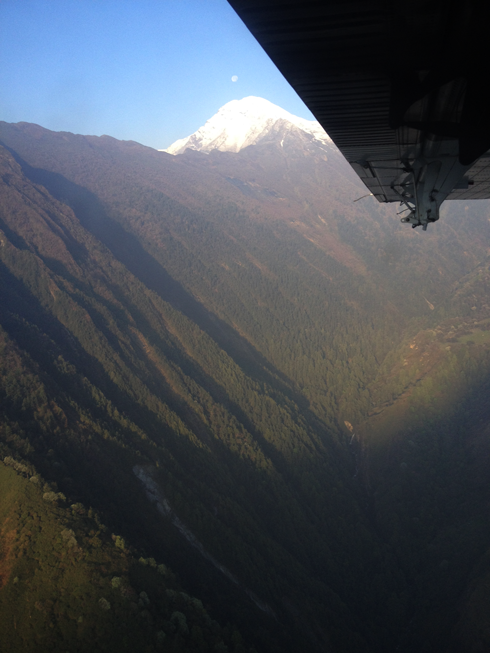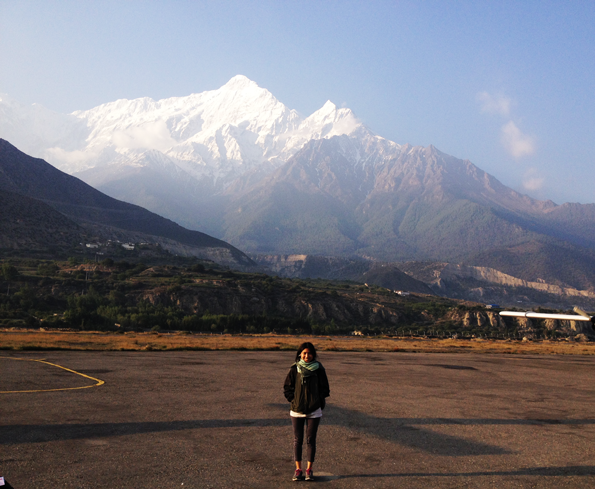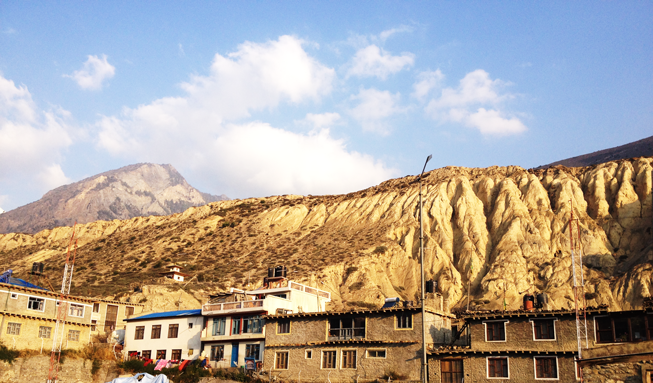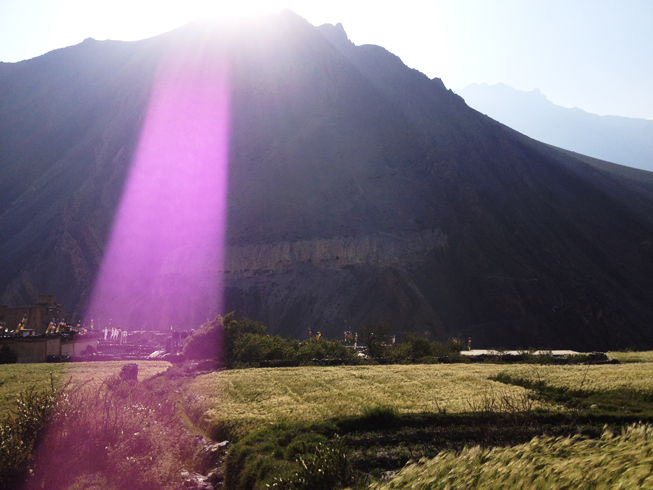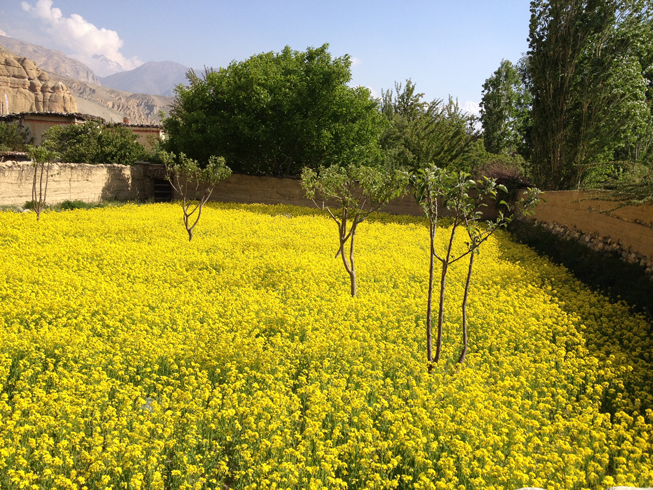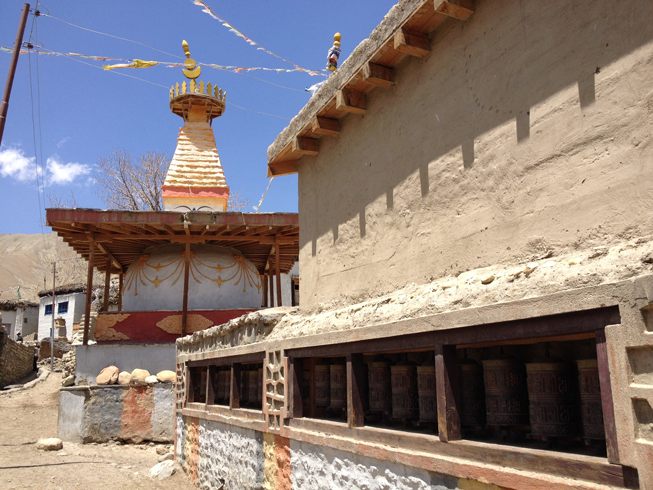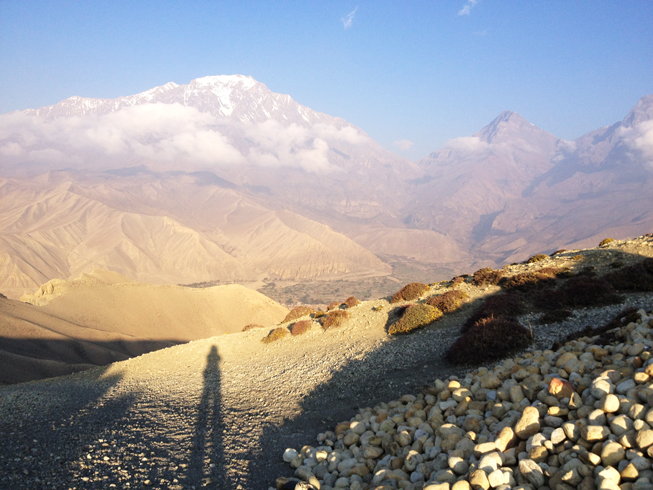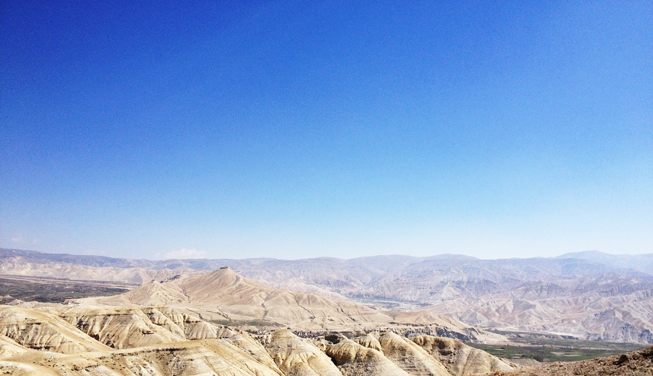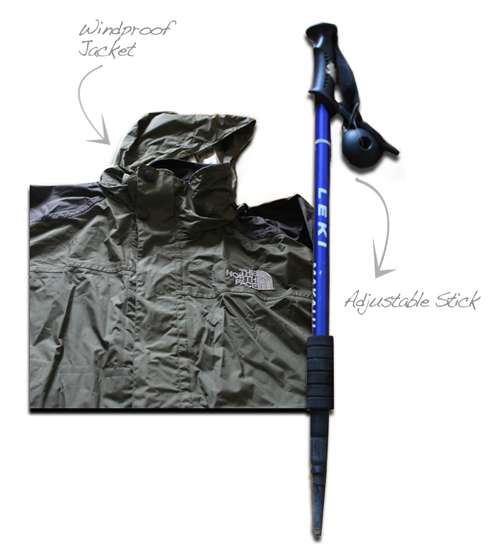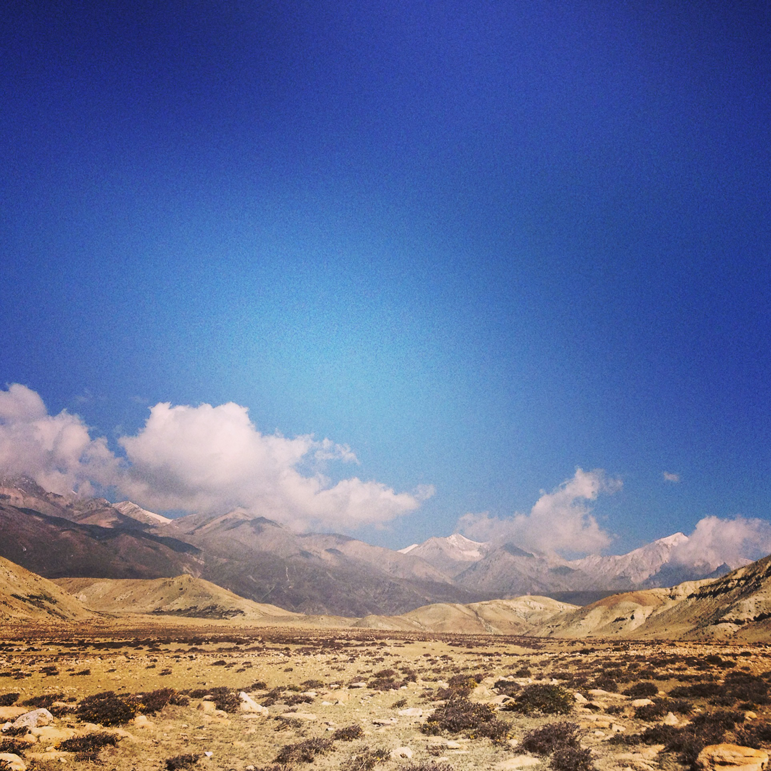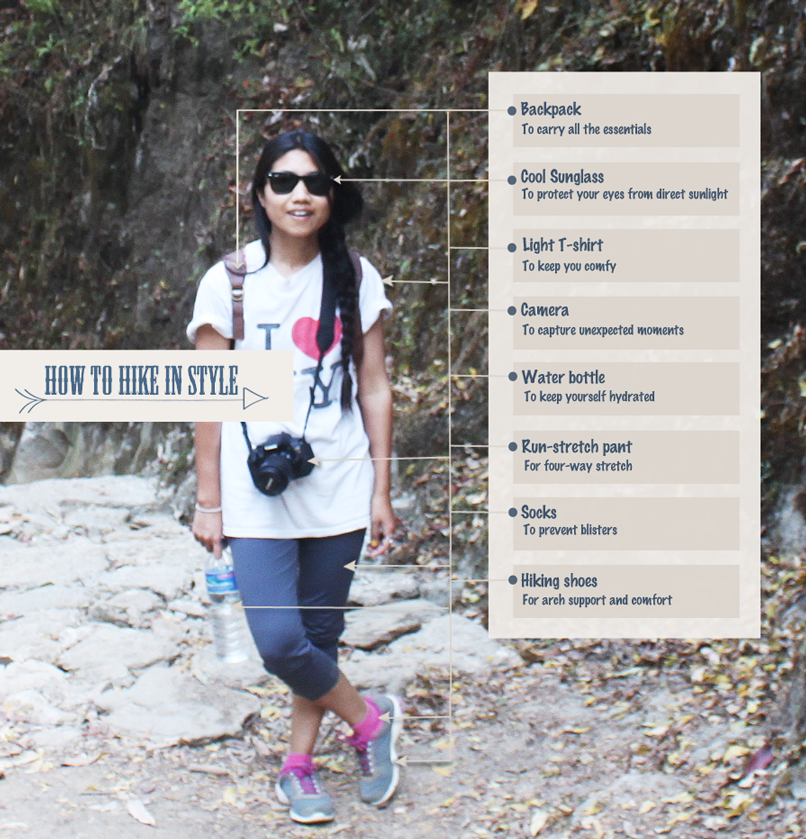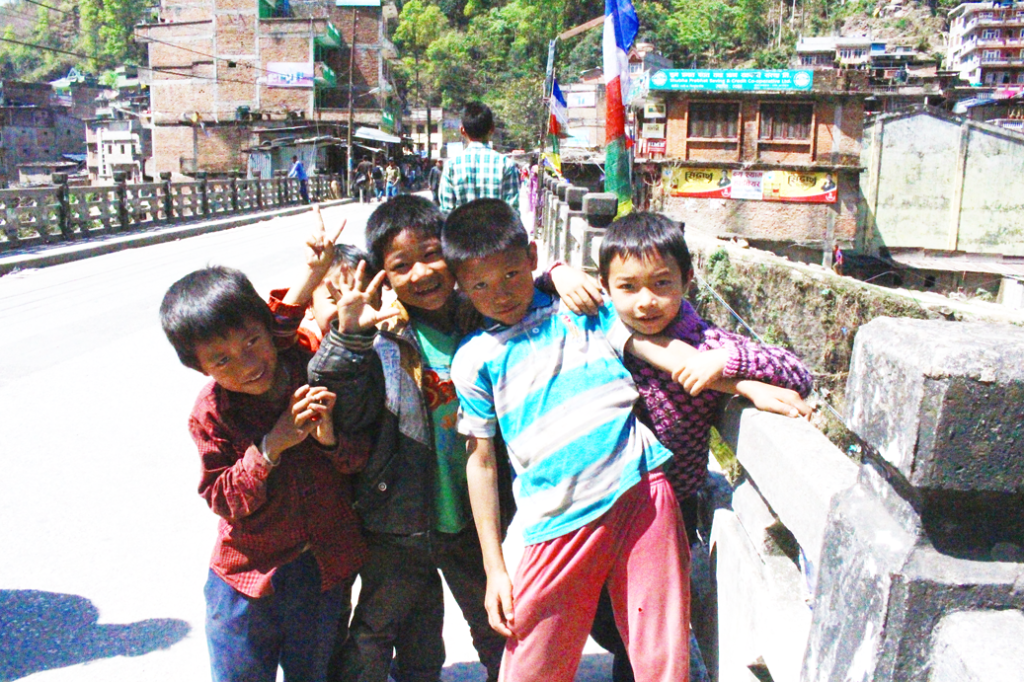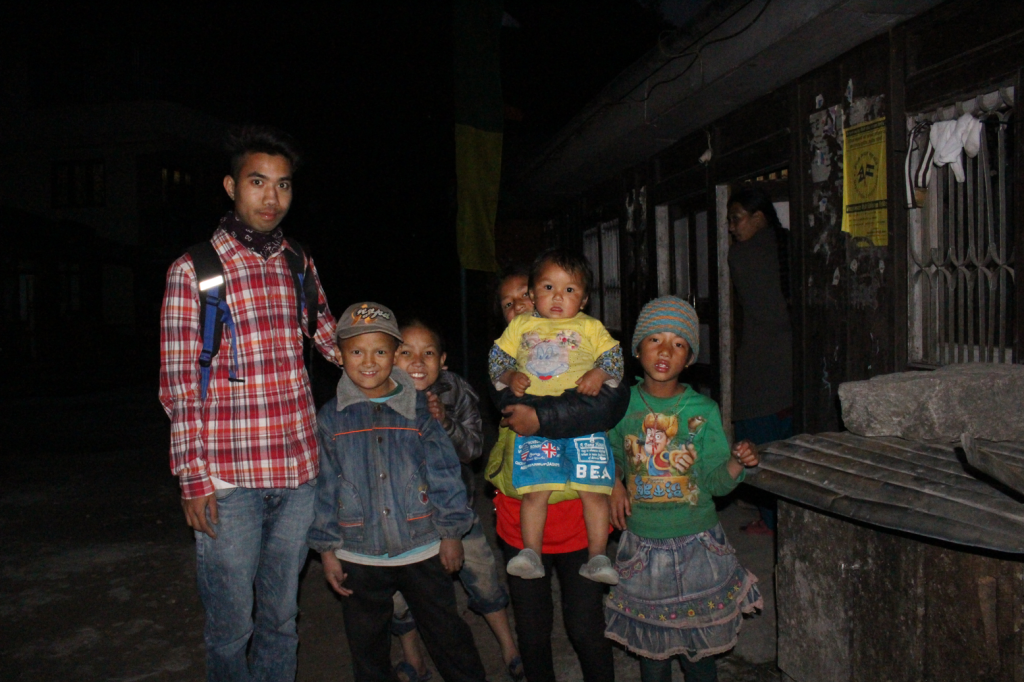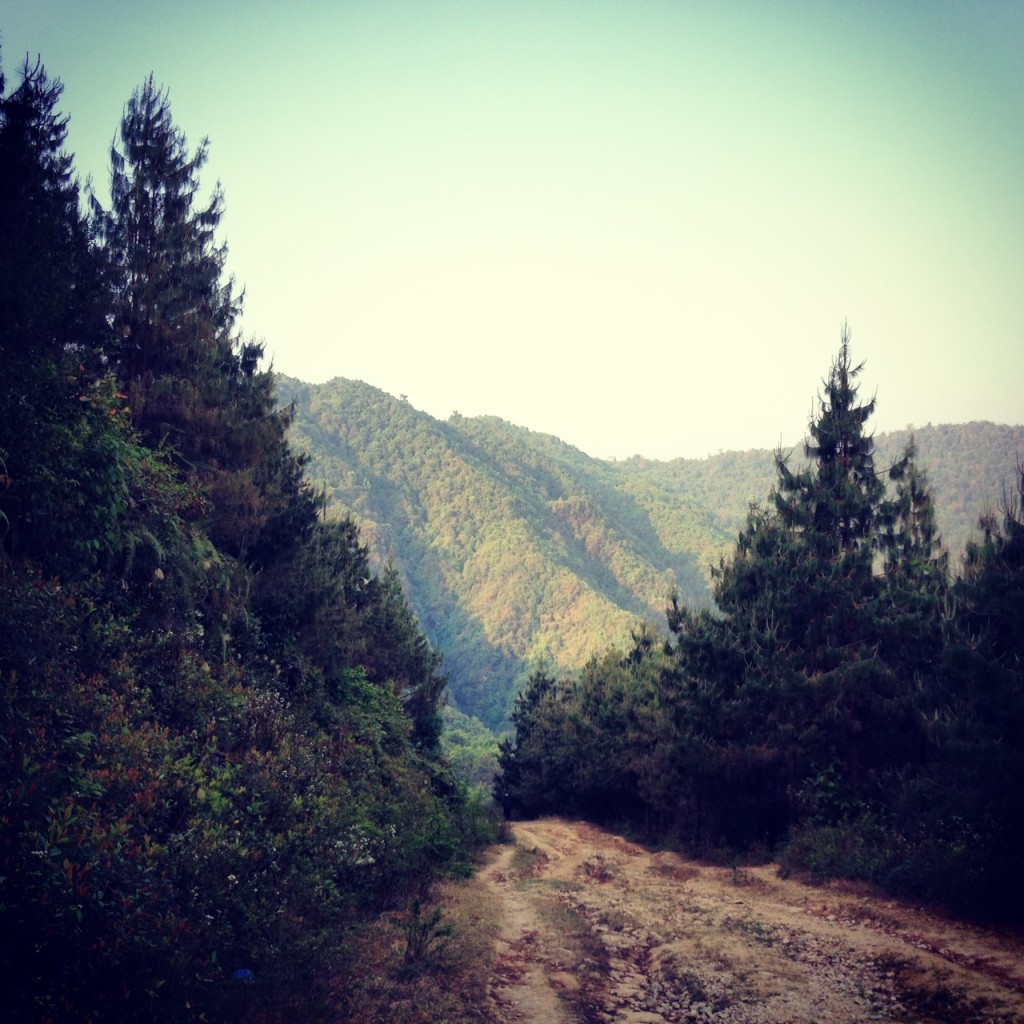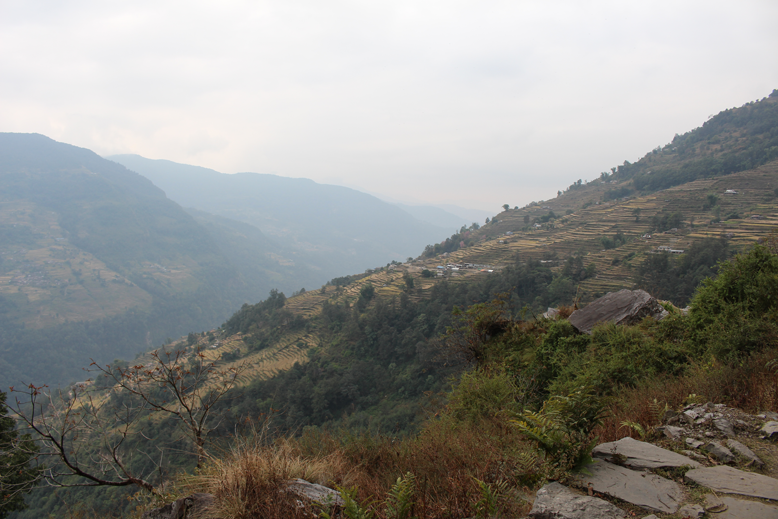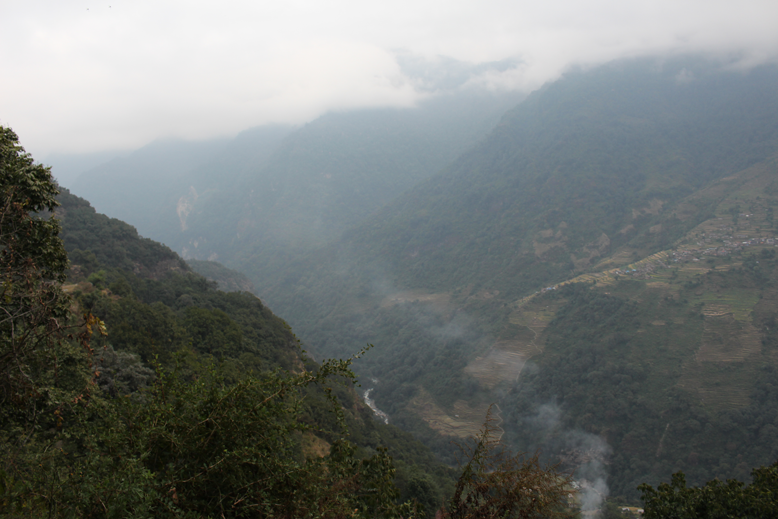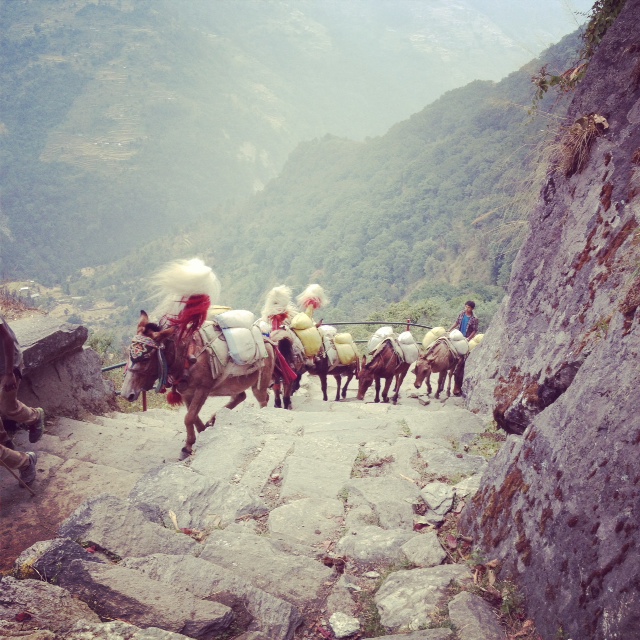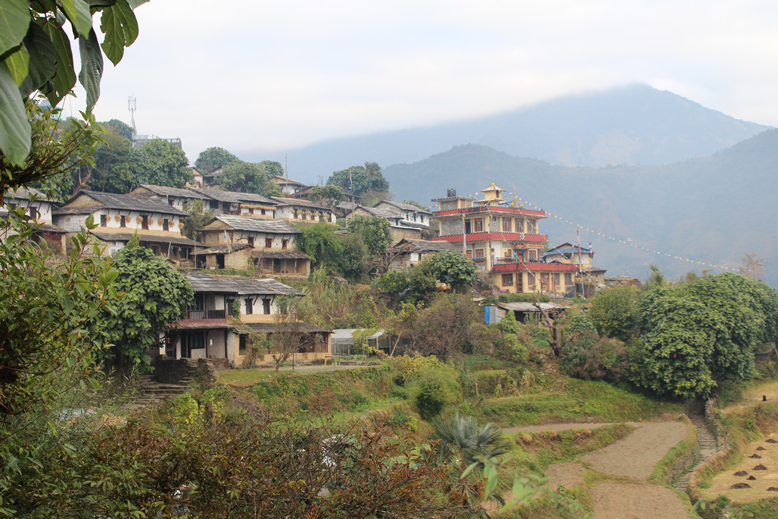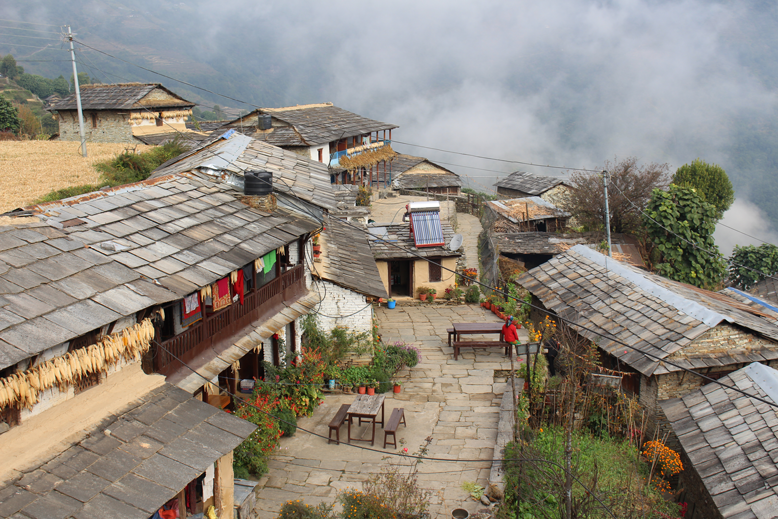One of my cousins wanted my guidance on how to apply to universities abroad for her MBA. As I was talking to her, I realized I was sharing my own experiences and what I learnt from my time abroad. I thought I might as well share this online, if you ever wish to go through my two cents.
I think every human being should leave their native nation and explore the foreign land. Not because it’s cool to do so, not cause you want to show off, not cause you want to waste your time and money. Because the kind of experience you gain in a foreign setting is something you will never gain in your native environment. It is a great way to get out of your comfort zone and expand your horizons.
Before you go anywhere these are the golden rules you must be acquainted with:
Know Thyself
Ask yourself why you truly want to go abroad. Remember, university is just a medium. While you are pursuing your degree, you would be living completely on your own, away from your family. The life you would be leading, itself, would be an education of a lifetime. And that education will count more than the degree you gain in your field.
Go with an Open Mind
Don’t go with a specific set of goals that society has laid out for you. I have met a lot of people in my time abroad, who came to the US with an intention to make money, support family or get an education, find a job, get married, have children and settle down abroad. I’m not saying any of that is bad. In fact it could be great, if you can make it work. I have my own very good friends making that way of life, work for them. If that’s what you want, please go for it by all means. But keep in mind, these are the rules that your society imposed upon you. Nobody in this world, but you, only you, know how to live your life. Listen to your heart, follow your intuition and go for what you want.
Don’t be afraid to follow your desires. As the very famous saying goes, in life you’ll regret the things you didn’t do than those you did. If you are afraid of something, like talking to new people. Go ahead and do exactly that. Also, learn to enjoy your own company. When you are abroad, if you find yourself alone, just be your own best friend. Do not limit yourself to certain kinds of people, ethnicity or any kinds of boundaries. Learn to enjoy every aspect of whatever life throws at you and just go with the flow.
Change Your Mind, Change it All Over Again
Human beings by nature are meant to explore new things. We are born here to find our purpose. To discover ourselves. Enroll into all kinds of different classes and see if your interest lies elsewhere. This would apply more to those going for undergraduate studies in America. American universities require you to take classes relating to your major as well as those that are general. To tell you the truth, I learnt more from my non-major classes than from my concentration.
My advisor had advised me to take theatre class. I thought he was crazy, but I enrolled anyway. I discovered something I never thought was in me. We wrote our own plays, conceptualized stage designs, also got an opportunity to hide behind a character. It was the most liberating class ever. In the course of time, if you discover that you are in fact passionate about something else. Go ahead and do it.
Financial Woes
Everything I mentioned above may sound like a very utopian concept. I know, being an average Nepali will most certainly not allow you to have the luxury to take classes except the ones you need or change fields for that matter. It’s entirely up to you. You always know what you want to do. You can always work harder, pay the bills doing what you love doing. Or work less and continue doing what you don’t want to do. You are the choices you make. Look for colleges that will give you the best scholarship offers. Build a relationship with admission office members, faculty members. Try to get to the university that will offer you the maximum scholarship. Great! if you are accepted in Harvard, but if a lesser known college offers you better scholarship options. Go for it!
Endnote:
This is one life you have and the best time to take risks is when you are young. The application process itself will make you cry, will make you want to throw up, but then once you’re done. You will thank yourself for going through the ordeal. Looking for universities, writing countless SOPs, these will all be part of your learning curve. It won’t be easy, but doesn’t mean it’s not possible either.
Life is hard no matter where you are. Learn to take a leap of faith and see where life takes you! I wish you all the very best.
